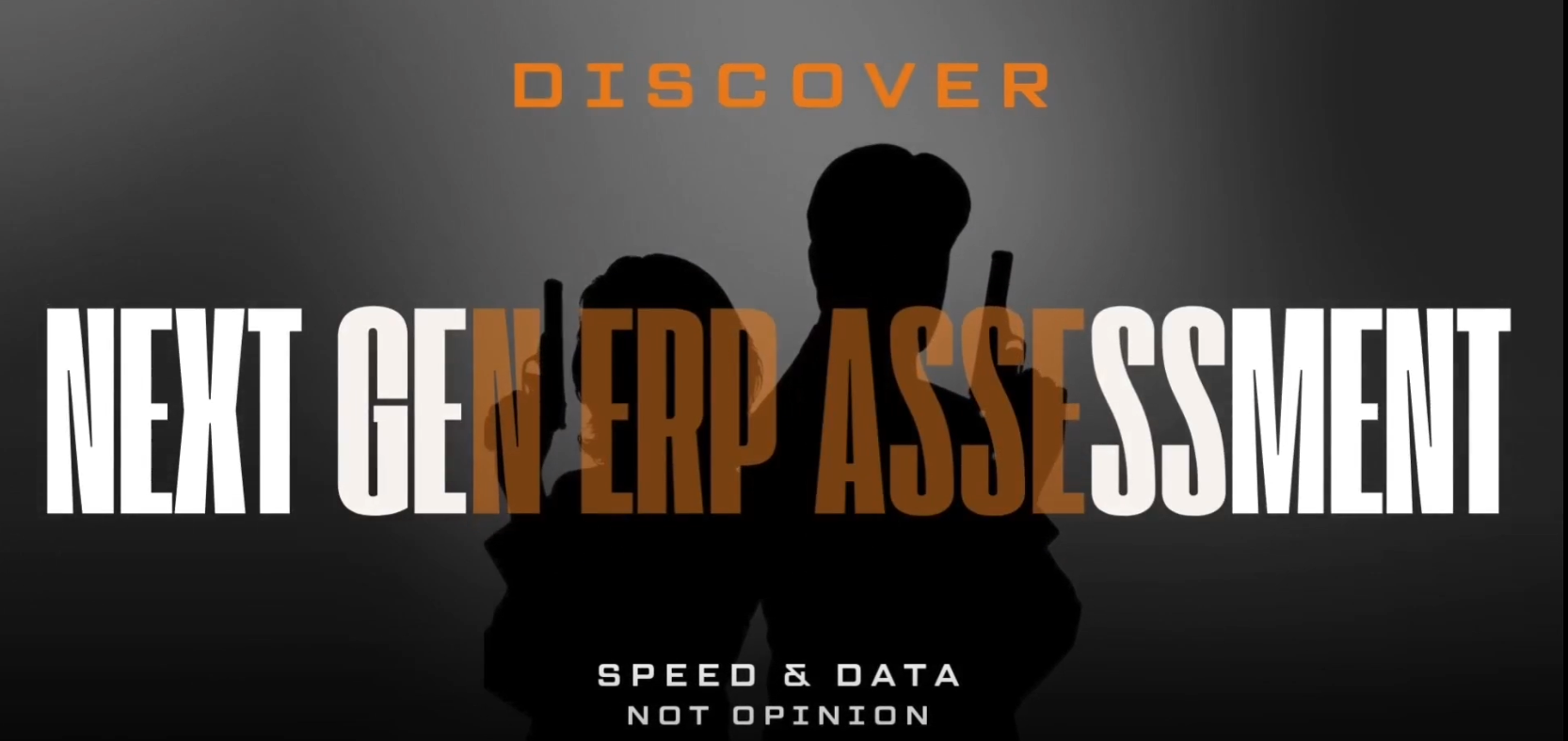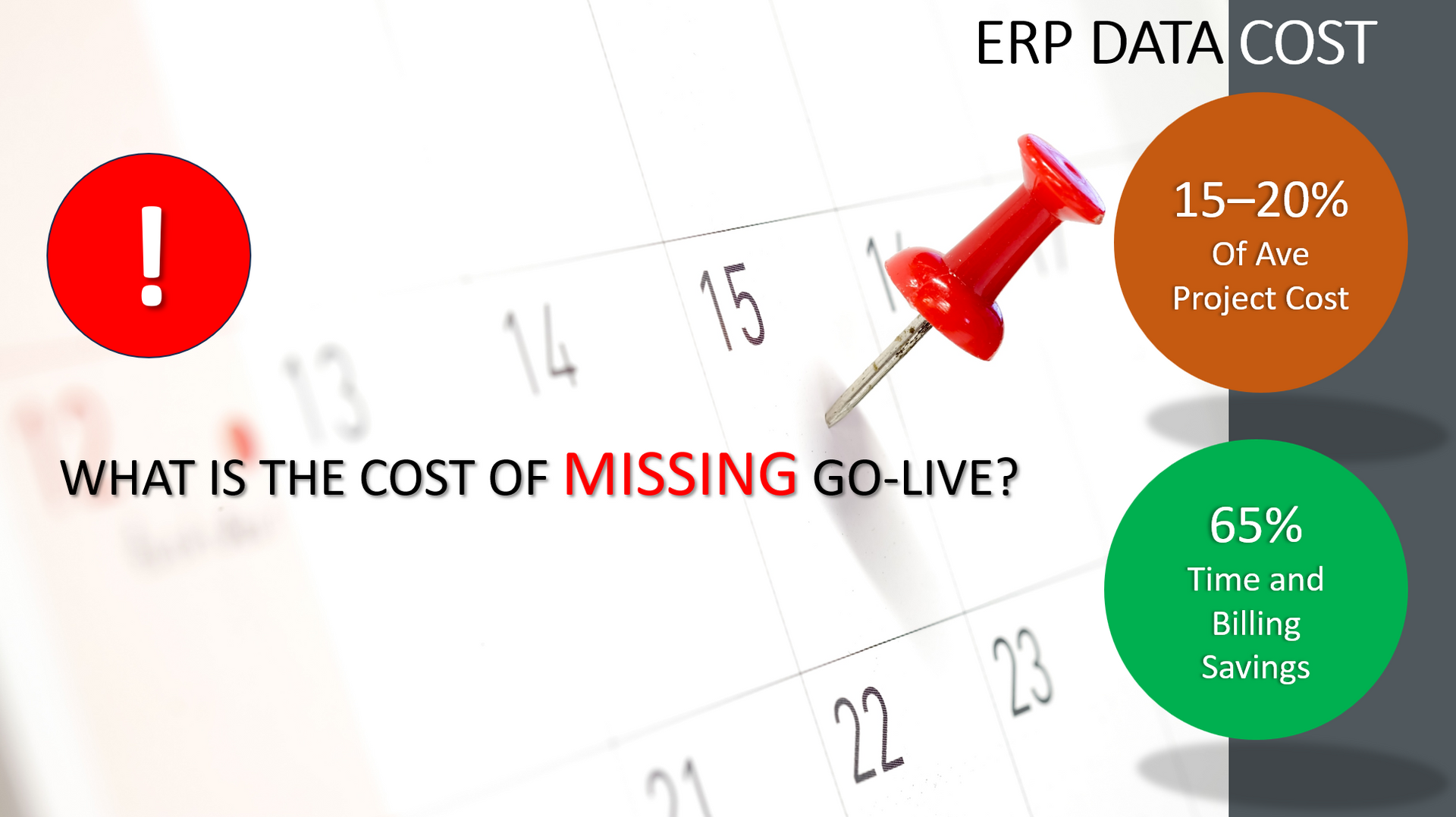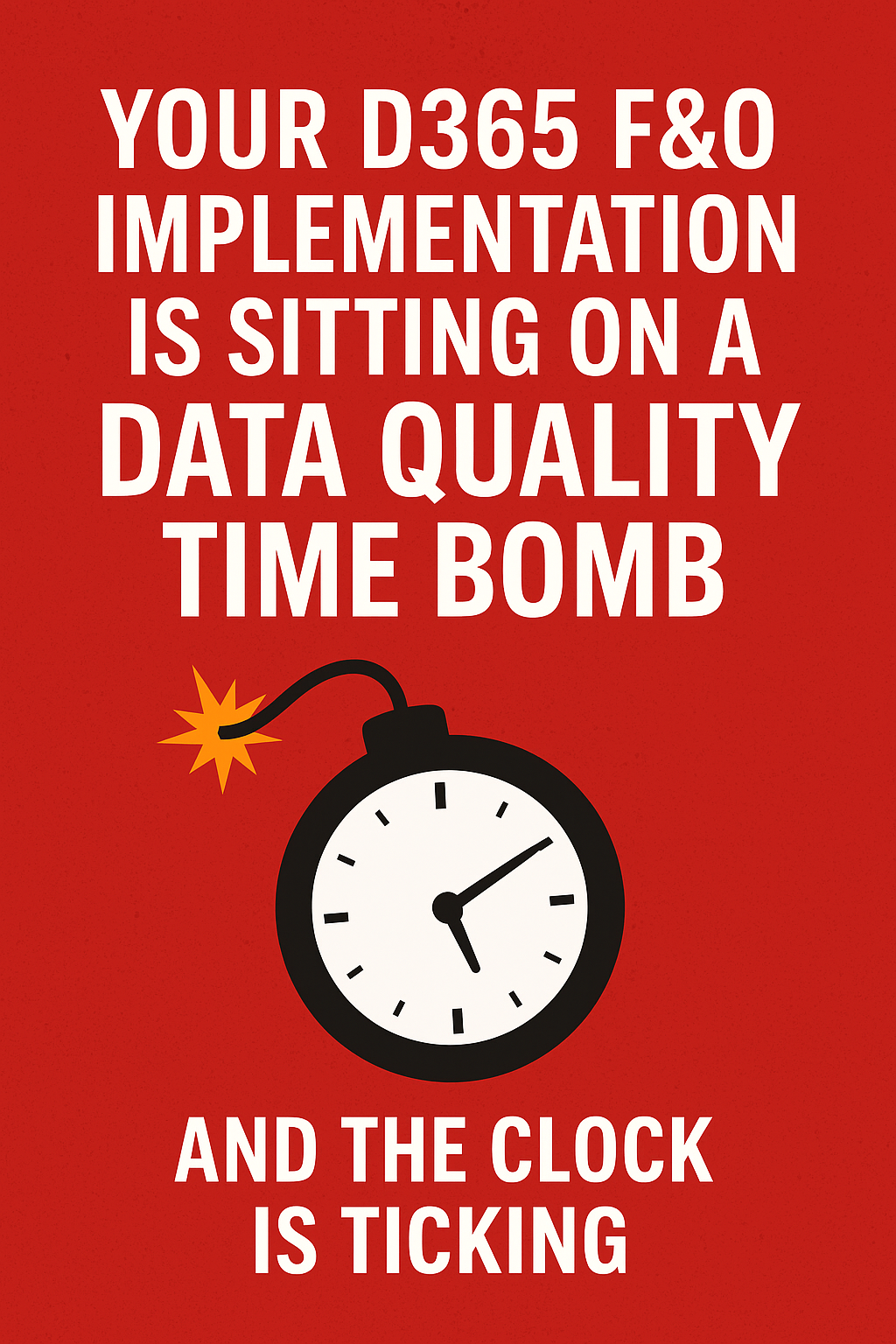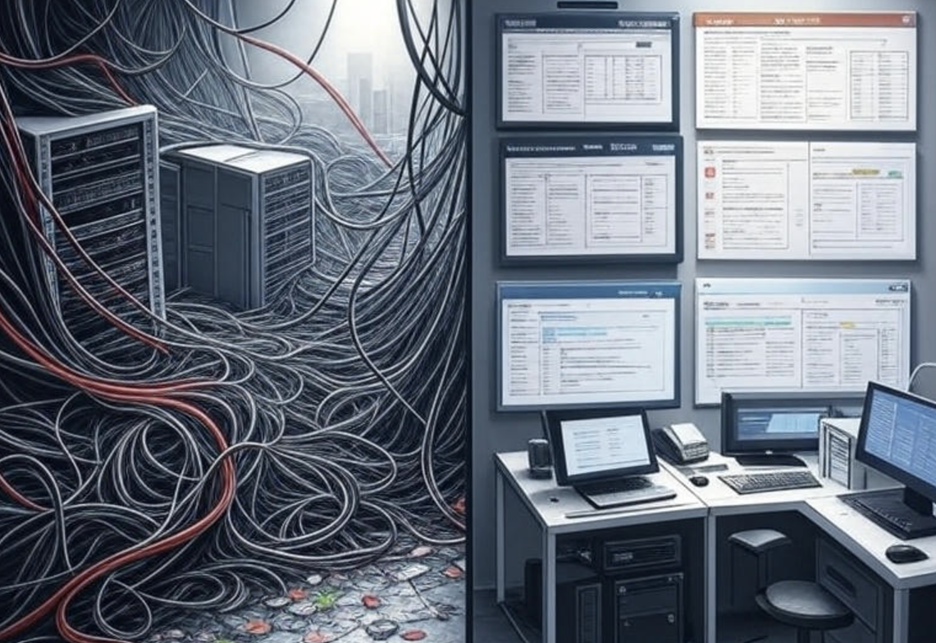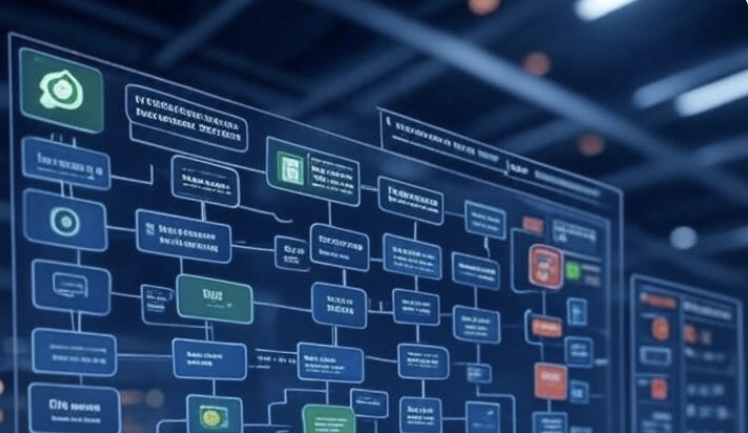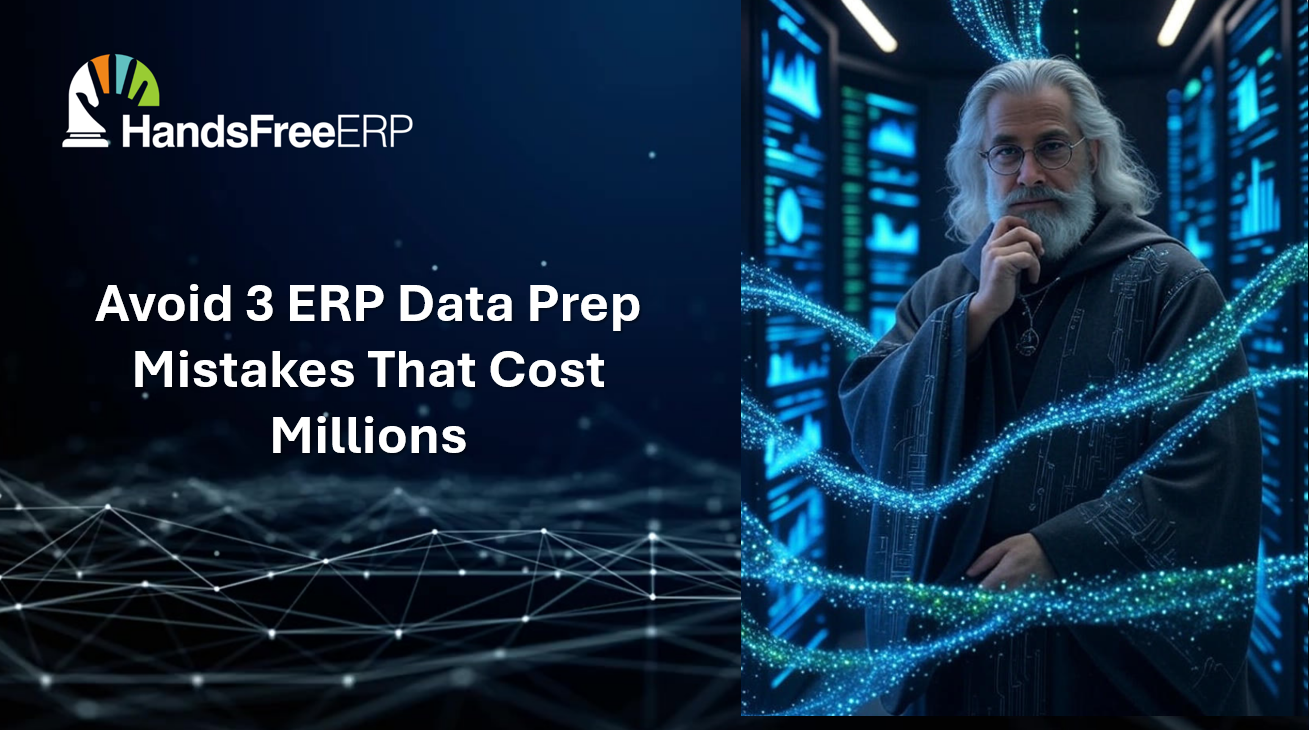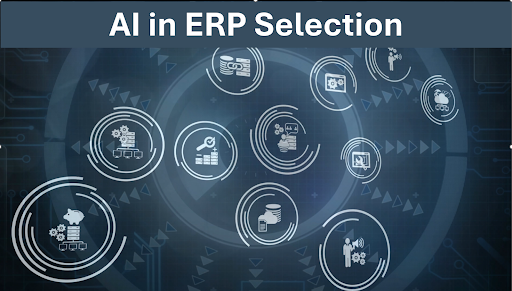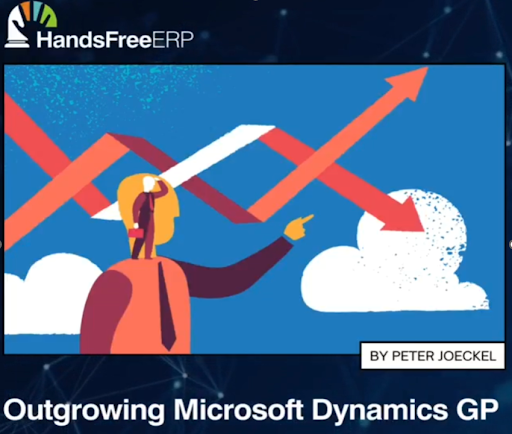Revolutionize Your ERP Selection: Ditch the Spreadsheets and Go Data-Driven
Finally, Smarter ERP Selection

Your ERP system is going to the cloud—so why are you still using outdated, manual tools to select it?
If your selection process still involves clunky spreadsheets, long checklists, or consultant-heavy workshops, it’s time for an upgrade. A modern ERP deserves a modern evaluation process—streamlined, web-based, and data-driven.
Say Goodbye to Tedious ERP Evaluation Methods
Traditional ERP selection is time-consuming, confusing, and often biased toward solutions that look good on paper—but may not work in practice. Our platform eliminates these bottlenecks with a cloud-based interface that simplifies the requirements-gathering process and gives you unbiased insights for smarter decision-making.
Instead of endless forms and generic questions, your team can easily:
- Navigate critical business functions
- Answer targeted, relevant questions
- Categorize requirements with precision
A Smarter Way to Prioritize Requirements
With our intuitive interface, users can assign each requirement to one of several categories:
- Must – Absolutely essential for go-live
- Should – Important but not critical
- Could – Nice to have in future phases
- Not Needed – Doesn’t apply to your operations
- Unsure / Need Clarification – Talk to us for expert guidance
This approach not only clarifies what your business truly needs, but it also reduces decision fatigue—turning what used to take months into a process that takes weeks or even days.

Data-Driven ERP Comparisons That Actually Matter
Let’s talk about results. One manufacturer used our platform to compare
Microsoft Dynamics 365 Business Central (BC) and
Dynamics 365 Finance and Supply Chain Management (FSCM).
Here’s what they found:
- Business Central:
- 60% overall fit
- Required 25% ISP (Independent Software Provider) solutions
- Met only 63% of manufacturing-specific requirements
- FSCM:
- 80% overall fit
- Required only 10% ISP solutions
- Met 98% of manufacturing requirements
out-of-the-box
These insights came not from vendor demos or sales decks, but from
real-time, process-specific data. That’s the kind of clarity your business deserves.
Reduce Risk and Increase Confidence in Your ERP Decision
Choosing the wrong ERP system is costly—not just in dollars, but in time, productivity, and missed opportunities. By using a modern evaluation tool, you:
- Minimize guesswork
- Eliminate bias
- Speed up your timeline
- Get tailored insights aligned to your real processes
🚀 Get Started Today
Your ERP software is headed to the cloud—bring your evaluation process there too.
Let’s modernize your ERP selection, reduce risk, save time, and get you the right solution the first time. Ready to ditch the guesswork?
Let’s get started.
HandsFree ERP is dedicated to supporting clients with their ERP initiatives, enabling companies to seamlessly connect users with their ERP partners. By utilizing skilled professionals, streamlined processes, and cutting-edge tools, HandsFree ERP significantly boosts the success rates of ERP projects.



